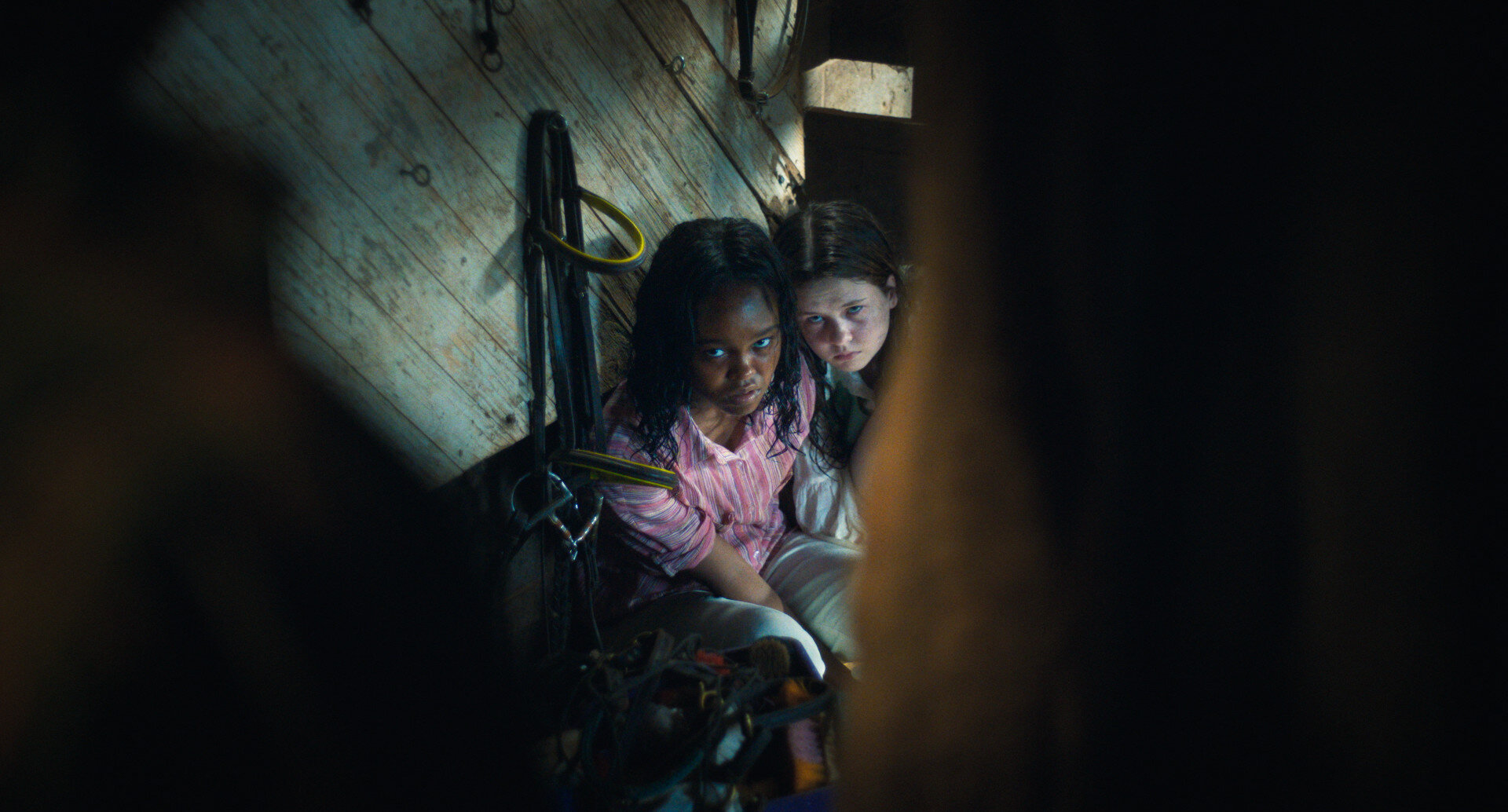The Exorcist: Believer serves as a continuation of the iconic horror series nearly 50 years after the original The Exorcist. Shifting focus to a new generation, the film follows families whose daughters are possessed by a mysterious demon. Victor, played by Leslie Odom Jr., seeks out Chris MacNeil (Ellen Burstyn) for guidance, hoping she can help save the children.
The narrative sets the stage for a tense confrontation between demonic forces and human faith, ultimately tying into the franchise’s plans for a new trilogy of films. The story explores the psychological and spiritual consequences of possession, while intertwining personal tragedies and moral dilemmas.
The central conflict revolves around Katherine (Olivia O’Neill) and Angela (Lidya Jewett), two young girls whose lives are upended by demonic possession. Angela is confined to a mental institution, while Katherine’s parents attempt to protect her at home. The tension escalates as the demon manipulates the families, creating a sense of imminent danger.
Chris MacNeil, a key link to the past Exorcist films, is incapacitated early in the narrative after Katherine injures her, but she still guides Victor to assemble a diverse group of spiritual leaders and believers for the impending exorcism. This sets up a climactic showdown where faith, fear, and moral choices intersect.
The climactic exorcism occurs at Victor’s house, transformed into a space suitable for the ritual. The gathering includes Katherine’s parents, Victor, a local pastor, Victor’s nurse neighbor Ann (Ann Dowd), a root doctor, and another religiously devout neighbor. Initially, the Catholic priest intended to lead the exorcism, but passed leadership to Ann due to unforeseen complications. The group’s diverse spiritual backgrounds highlight the film’s thematic shift from traditional Catholicism to a broader exploration of faith and belief. The exorcism, however, quickly proves far more challenging than anticipated, as the demon manipulates everyone present.
Demon Forces Impossible Choice, Revealing Past Trauma And Leading To Katherine’s Tragic Fate
As the ritual progresses, the demon presents a cruel ultimatum: only one girl will survive, forcing the adults to choose who lives and who dies. This challenge echoes a traumatic decision from Victor’s past. While Victor and Katherine’s mother, Miranda, refuse to comply, Katherine’s father, Tony, panics and declares Katherine must live.
The demon seemingly accepts Tony’s decision, causing Angela to collapse and Katherine to appear unharmed. However, the twist reveals the demon’s trickery: Angela survives, but Katherine dies. This fatal deception underscores the demon’s manipulative power and sets a grim tone rarely seen in previous franchise entries.

The narrative also revisits Victor’s personal history, revealing a critical decision that shaped Angela’s life. During a devastating earthquake in Haiti, Victor had to choose between saving his pregnant wife and his unborn daughter. He prioritized his wife’s life, despite her wish to protect the child.
The film later confirms that Angela survived the ordeal, contextualizing Victor’s overprotective behavior and shaping his actions throughout the exorcism. This revelation adds emotional depth to the story, linking past trauma to present choices and heightening the stakes of the final confrontation.
Katherine’s death is portrayed as a harrowing descent into Hell, visualized through a surreal sequence where she is pulled underwater by demonic hands. Unlike Angela, whose fate is relatively stable, Katherine’s demise represents the darker thematic choices of Believer.
Her tragic end highlights the stakes of moral and spiritual decisions in the face of malevolent forces, distinguishing the film from earlier franchise installments where the demon was ultimately defeated. The possibility of her return in sequels remains uncertain, leaving an open-ended narrative thread for future films.
Linda Blair Returns As Regan, Connecting Past Events To Future Franchise Installments
One of the most surprising elements of the ending is Linda Blair’s cameo as Regan, linking the new story to the original films. Although she does not actively participate in the exorcism, her reunion with Chris MacNeil at a hospital signals continuity within the franchise and sets the stage for the next installment, The Exorcist: Deceiver. This cameo reinforces the intergenerational aspect of the story, suggesting that the experiences of past characters will influence the upcoming narrative while keeping longtime fans engaged.
A notable departure from the original series is the introduction of a new demon. While the entity exhibits knowledge of Chris MacNeil, it is confirmed not to be Pazuzu, the antagonist of the first film. Director David Gordon Green intentionally leaves the demon’s identity ambiguous, enhancing the story’s suspense.
Additionally, Angela’s survival may hint at the protective power of a Haitian blessing received by her mother, leaving it to viewers to interpret whether divine intervention or fate shaped the outcome. This ambiguity deepens the supernatural tension central to the film’s horror elements.
The Exorcist: Believer is clearly positioned as the first film in a new trilogy, with narrative threads leading into The Exorcist: Deceiver. Katherine and Angela’s unresolved fates, combined with Regan’s return, promise further exploration of spiritual battles and moral dilemmas.
The sequel is expected to expand on these character arcs, potentially shifting focus between the MacNeil family and the new characters introduced in Believer. This strategic setup ensures continuity while providing opportunities for new storylines and thematic exploration of faith, belief, and the consequences of past choices.
The overarching message of Believer emphasizes faith, hope, and belief in good. Victor’s commitment to the exorcism and his connection with Angela highlight the transformative power of belief. Critics, however, largely panned the film, citing a formulaic approach to possession horror and a departure from the theological depth of the original.
Audiences responded more favorably, appreciating the suspense and emotional stakes. Compared to earlier films, Believer distinguishes itself by allowing the demon to win and embracing a more multireligious, morally complex perspective. It bridges traditional horror with contemporary storytelling, while leaving viewers with both chilling scares and a reflective exploration of human choice.



